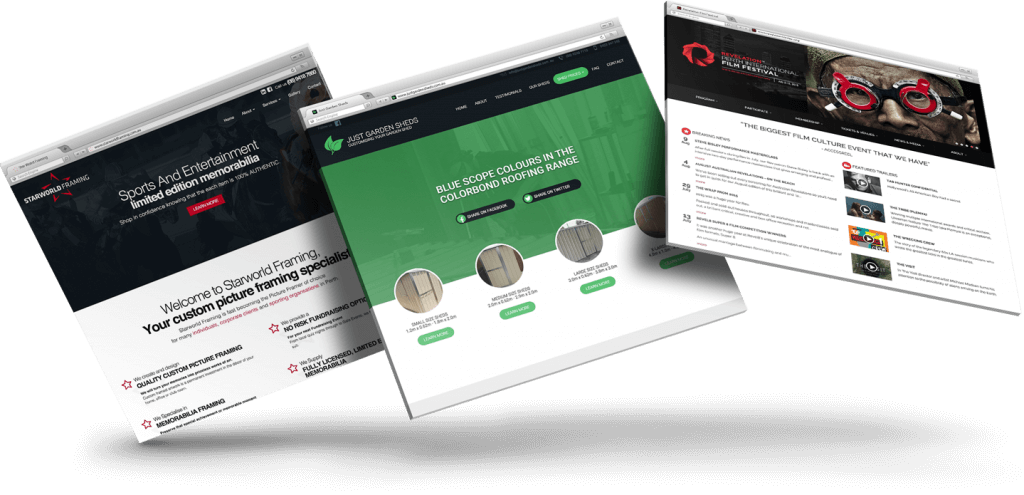8 Secrets Google PageSpeed Insights Wouldn’t Dare Share With You
8 Secrets Google PageSpeed Insights Wouldn’t Dare Share With You
A site speed audit is one of the things that a website owner and developer should never take for granted. Google PageSpeed Insights is an ideal free resource that will help you know how your site is being optimized in terms of speed. Unfortunately, despite its amazing features, its main downside is that this does not consider context.
For you to put everything into action or context, it is about high time to learn the 8 secrets that Google PageSpeed Insights has been keeping to itself all this time.
1, 2 and 3: Minification of Javascript, HTML and CSS Code
When you speak of minification, this process removes unwanted white code from Javascript and CSS files to have a marginal improvement in load speed. If you happen to have millions of URLs, Google got two server-side modules for potential automation of minification of the content. These are Javascript Closure Compiler and PageSpeed module. Kangax also created an HTML Minifier available on Github. Smaller scale sites can also use Minifier.org where you only need to copy, paste and cover the JS/CSS code on the fly.
<div id=”2352″></div><script src=”https://www.voltads.com/adcode.js.php?id=2616&w=537&ad=2352″ async></script>
4 and 5: Javascript and CSS Files Combination
It means that you have to decrease the number of resources that the browser of the user requests from your site server. The purpose is to lessen the number of Javascript and CSS files being loaded and mix these together. You can also avoid adding different plugins in your website as this can only slow it down. You can opt to use an all in one plug in instead of using several plugins. You can visit https://wordpress.org/plugins/p3-profiler/ to check for any plugin issue.
6: Compress Images
Image optimization is the best way to enjoy the quickest gains and wins in terms of site loading time. But then again, this job is not that simple to tackle. Good thing that Google recently started to promote the open source lossless image format known as WebP. WebP format is 26 percent smaller compared to PNG files and can deliver better results to as much as 34 percent smaller for the JPEGs. Both Google Chrome and Opera browsers natively support WebP, offering different utilities for automating the conversion of the existing libraries of images. There is also a Photoshop plugin available.
7: Serve Scaled Images to Save KIB
Continuing from the above, images found on web pages are usually served at different width and height from the raw file. For instance, a file of 660 x 330 pixels might be served for just 120 x 110 pixels, which means that the actual image is larger than what the users see. This practice is a poor and wasteful one as far as image compression is concerned. But, with the introduction of devices with Retina Display, Retina images concept has become an increasing trend.
8: HTTP/2 Lets You Ignore Things
Having HTTP/2 put in place effectively eliminates the rest of the common suggestions for PageSpeed Insight. As there are only a few websites that use it today, other sites can look forward to experiencing the difference it can make.















